Winter Ruffie Hunting Tips
Winter can be a great time to hunt ruffed grouse. Okay, anytime is a good time to hunt grouse (maybe – maybe – no so much in the early season) but winter can be particularly good. If, as always, you find where the birds are.
Here’s some good advice from Bill Marchel in the Minneapolis Star-Tribune, which literally the best bird-hunting coverage of anywhere in the U.S., plus our commentary in [brackets].
> Many hunters have trouble finding ruffed grouse during late season, even with the aid of snow. Since ruffs are usually grouped around the available food sources, it might take a bit of walking to find them. [Always does!]
> It is usually to a late-season grouse hunter’s advantage to hunt at a fast pace until tracks in the snow indicate a group of grouse has been feeding in the area, and then slow down and hunt that territory thoroughly. [Good advice. Pay particular attention to conifers whose branches go all the way down to ground level.]
> Since the fruits and greens favored by grouse earlier in the fall will have all but disappeared by December, the birds will be feeding mostly on buds and catkins. Grouse will pick away at a variety of edibles, but the catkins of hazel are their favorite early-winter food. [As with all things grouse, their preferred food depends on where you hunt.]
> Ruffs definitely prefer the larger catkins of hazel plants that grow in areas exposed to the sun, so look for the best hazel thickets to be in open areas and on woodland edges. Overgrown cattle pastures are almost always good, especially when close to more typical ruffed grouse cover. [We’ve never encountered this, but the observation that catkins are larger in sunny areas is an interesting one.]
> Ruffed grouse also feed on ironwood and birch buds during December and, as winter progresses, aspen buds. Grouse also eat highbush cranberries, and unlike many other woodland fruits, the colorful red berries remain on the stems through the winter, or until hungry grouse pluck them. [Same food disclaimer as above.]
> Examine the crops of the birds you kill because that will help you determine what they are feeding on. [Absolutely. As their food choices narrow, this becomes much more important.]
> On cold days grouse will often feed only in the late afternoon, forgoing their breakfast, but will usually be loafing within a quarter-mile of their favorite food source. If the snow is deep the birds may be roosting under a blanket of powder. Otherwise grouse often will hunker next to logs or tree trunks in a sunny spot out of the wind, or may relate to evergreens such as balsam fir or spruce. [Yes to all of this, and note that just because they’re not feeding doesn’t mean they can’t be hunted.]
> Once flushed, late-season grouse often land in a tree. [Yep, many times a conifer of some sort.]
We’ll also add that while hunting in the snow can be good, it can also be tough if the snow is crunchy: The birds will hear you coming and boogie off. If you can get out after a new snow, hopefully not on top of an icy layer, it’s particularly good.
And remember: If you track a grouse to a tree, it will flush from the opposite side.
Category: MN, Ruffed Grouse, Tips

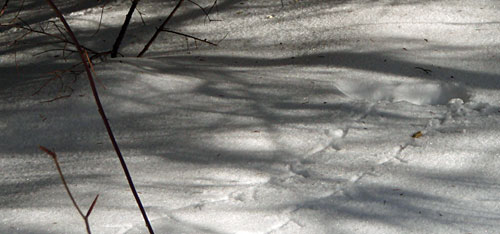




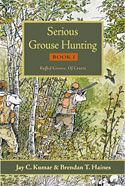

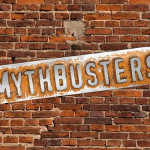
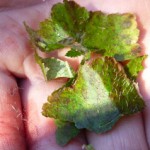
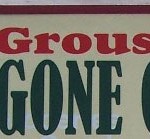
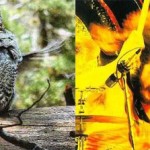
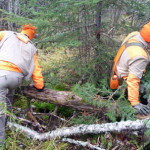
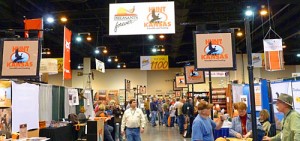
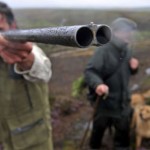
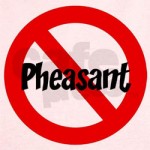
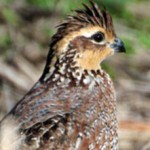
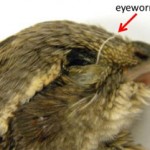
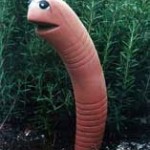
On winter days with little snow also look along edges of swamps with grassy cover. birds will use this grass to stay warm. They will burrow into it just as they do snow for it’s insulating factor.
Great job on the blog, we are now moving into and preparing for this exact type of grouse hunting. Very informative and to the point, I will share it as well…
Good luck with the rest of your season and again, great job on the blog!
Sincerely,
Dave Nolan
Don’t be surprised if many of your reliable Fall locations are nearly void of birds. Be prepared to cover a lot of ground and hunt a variety of cover types throughout the day to locate birds. Focus on close proxiity to roosting areas early & late. My brother & I had a 52 flush day using this method last Saturday in North Central Wisconsin.
I think winter grouse are the hardest to find, but when you do you see a lot. I agree hazelbroom catkins are key, as is the presence of nearby roosting cover in the form of conifers. Basically, you have to have a catkin/bud food source within flushing distance of thick conifers. All the rest of the usual habitat is empty. They don’t want to be eaten by hawks/owls. By far the best combination is a hillside facing the sun with the food adjacent to the cover. Sun=less energy expended=survival.